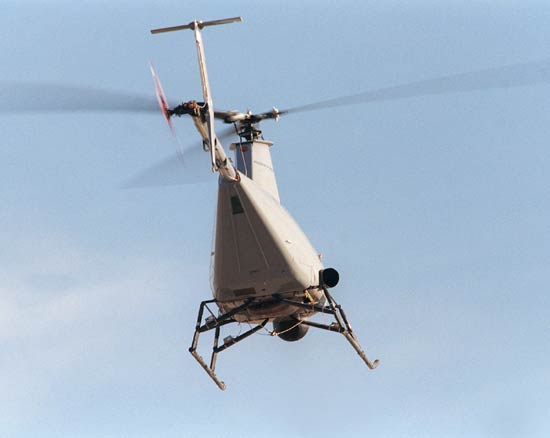Northrop Grumman has awarded a subcontract to Telephonics for delivery of the AN/ZPY-4(V)1 multi-mode maritime surveillance radar in support of the US Navy’s MQ-8B Fire Scout vertical takeoff and landing tactical unmanned aerial vehicle (VTUAV).
Under the $33m contract, awarded as part of the US Navy Fire Scout radar rapid deployment capability programme, Telephonics will develop, produce, integrate and test nine AN/ZPY-4(V)1 radar systems for use on the MQ-8B UAV.
Northrop Grumman’s Aerospace Systems sector tactical unmanned systems vice president George Vardoulakis said that the radar, and the Fire Scout’s other sensors and systems, would provide the navy with improved situational awareness in a tactical environment while significantly changing the method of addressing threats.
The multi-mode radar will be configured to enable MQ-8B platform to perform broad area intelligence, surveillance, and reconnaissance (ISR) missions from land and surface ships.
In addition to enabling remote ground or sea-based control by US Navy operators, the radar will improve the VTUAV’s surveillance area coverage rate and operator efficiency.
Powered by Rolls Royce Allison Model 250-C20 engines, the Fire Scout air vehicle has been designed to detect, track and designate targets and provide accurate targeting data to strike platforms such as strike aircraft, helicopters and ship, as well as conduct battle damage assessment.
Based on the design of Schweitzer 330 commercial lightweight manned utility helicopter, the Fire Scout aircraft can cruise at a maximum speed of more than 125k with a flight ceiling of 20,000ft.
The US Navy’s Fire Scout programme is being managed by the PMA-263 Unmanned Vehicles Program Office at Patuxent River, Maryland, US.
Image: Northrop’s Fire Scout UAV undergoing mission. Photo: file image.





